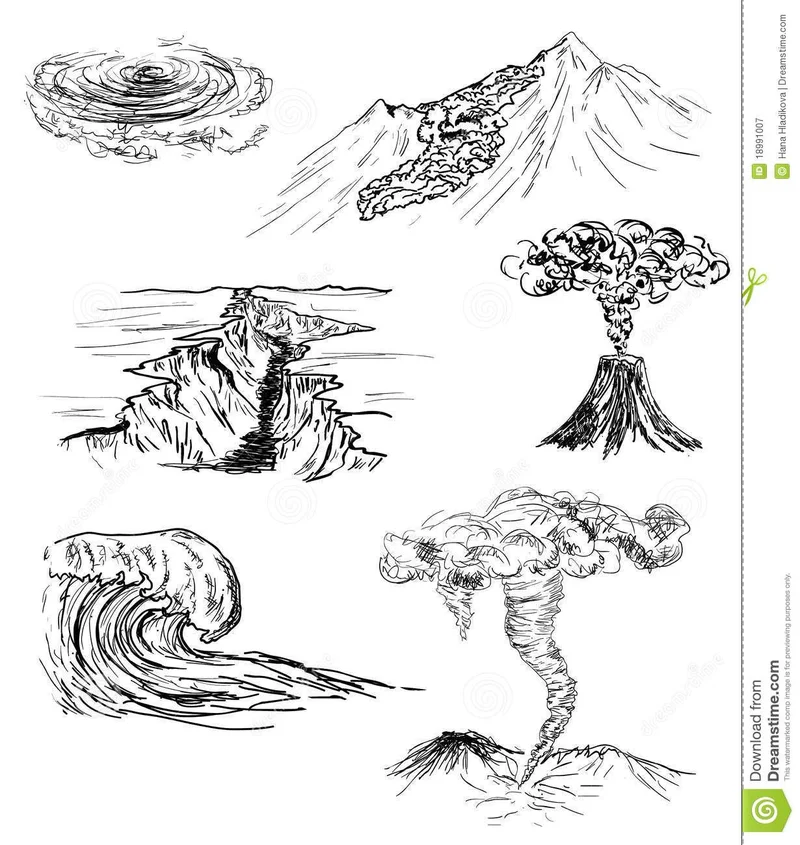Disaster: Hurricane Melissa and the Caribbean's Compounding Trap
The Caribbean's Climate Crisis: A Preview of Our Shared Future?
Okay, folks, buckle up. I've been diving deep into some truly unsettling reports coming out of the Caribbean, and what I've found isn't just about those islands—it's a warning shot for all of us. We're talking about a potential climate change "doom loop," and honestly, it's the kind of thing that keeps me up at night.
The headlines are stark: Hurricane Melissa, a Category 5 monster, tears through Jamaica, Cuba, and Haiti. But here’s the kicker: these islands weren't exactly pristine paradises before Melissa showed up. They were already reeling from previous storms, economic crises, and, in Haiti’s case, a whole cocktail of political instability and humanitarian disasters. It's not just one hurricane; it's a cascade.
A System of Overlapping Recoveries
Think of it like this: imagine you're trying to rebuild your house after a fire, but before you can even put up the new drywall, another fire breaks out. And then another. That’s the reality many Caribbean nations are facing. They're stuck in what one study calls a "compounding disaster trap." Infrastructure collapses, economies crumble under debt, and communities erode as people flee.
The core problem? The time between major storms is shrinking, meaning there is less time for a full recovery. This creates a self-reinforcing cycle of doom. The failure of one system—say, the power grid—cascades, taking down water pumps, communications, and hospitals all at once. It's like a Jenga tower where each removed piece makes the whole thing even more unstable.
And the economic impact? Devastating. Hurricane Ivan cost Grenada over 200% of its GDP back in 2004! These countries exhaust their reserves, borrow to rebuild, and then get hit again while still paying off the debt. Credit ratings plummet, and borrowing becomes even more expensive. It's a debt spiral that's hard to escape.
But it's not just about money and infrastructure. Each disaster weakens the human infrastructure, too. People leave, community networks break down, and the psychological trauma compounds with each new storm. The very social fabric needed to manage recovery is being torn apart. Can you imagine the weight of that trauma?
The Governor of Colorado, Jared Polis, is asking for a major disaster declaration after the October floods. What's worrying is that FEMA estimates over $13 million in damage to public infrastructure, mainly roads and bridges. But, if the Caribbean is any indication, that initial estimate is only the tip of the iceberg.
Here's the really scary part: this isn't just a Caribbean problem. It's a glimpse into what could be the future for coastal and island communities worldwide as climate change accelerates. The question isn't whether Jamaica will rebuild after Melissa. It will, somehow. The question is: what happens when the next major storm arrives before that recovery is complete? And the one after that?

What is the solution? The current recovery models are broken. They apply one-size-fits-all solutions to crises that are unfolding across multiple layers of society. We need adaptive recovery at all levels.
At the household level, it's about more than just repairing roofs. It's about providing direct cash assistance and long-term, community-based mental health services to help families cope with the trauma of repeated disasters. Cash transfers are vital because they allow families to address their own needs and stimulate local economies.
At the community level, it's about mending the social fabric by investing in farmer cooperatives, neighborhood associations, and faith groups. These local networks are often the only ones capable of rebuilding trust and participation.
At the infrastructure level, it's about breaking the cycle of rebuilding the same vulnerable roads or power lines only to see them washed away again. There are better solutions: decentralized power grids with renewable energy sources, natural infrastructure like restored mangroves and wetlands, and strong enforcement of modern building codes.
And at the global level, it's about fixing the debt trap. Hurricane clauses in bond agreements can automatically pause debt payments when disasters strike. Comprehensive debt-for-climate swaps can reduce existing debt in exchange for commitments to climate adaptation projects. And pre-positioned climate finance can provide funding before storms hit, not months later.
I saw one commenter on Reddit saying, "We need to stop thinking of disaster relief as charity and start thinking of it as investment in our shared future." And you know what? They're absolutely right!
Time to Rewrite the Rules of Recovery
I believe we can learn from the Caribbean's experiences and redesign disaster recovery now, or we can wait until the trap closes around everyone. The choice is ours.
It’s not just about the Caribbean; it’s about creating a more resilient future for all of us. The time to act is now.
The Future Demands a Paradigm Shift
-

Warren Buffett's OXY Stock Play: The Latest Drama, Buffett's Angle, and Why You Shouldn't Believe the Hype
Solet'sgetthisstraight.Occide...
-

The Business of Plasma Donation: How the Process Works and Who the Key Players Are
Theterm"plasma"suffersfromas...
-

The Great Up-Leveling: What's Happening Now and How We Step Up
Haveyoueverfeltlikeyou'redri...
-

NJ's ANCHOR Program: A Blueprint for Tax Relief, Your 2024 Payment, and What Comes Next
NewJersey'sANCHORProgramIsn't...
-

The Future of Auto Parts: How to Find Any Part Instantly and What Comes Next
Walkintoany`autoparts`store—a...
- Search
- Recently Published
-
- Maxi Doge Presale: Crypto News and Price Crash Concerns
- Microsoft Stock: AI Revolution vs. Investor Jitters
- John Ternus at Apple: Net Worth, Age, and Tim Cook Succession Plans
- Google Stock: Berkshire Hathaway's Billion-Dollar Bet and What We Know
- CoinMarketCap: Crypto Prices, Bitcoin vs. XRP, and What's Real
- Indigo: What's the Story?
- Daniel Driscoll and the Army Overhaul: What It Means for the Future of Defense
- Mars' Orbit: What We Know About Earth, Venus, and the Other Planets
- Firo Hard Fork: What to Expect and Why It Matters
- USAA Insurance: Car, Life, and Health—What We Know
- Tag list
-
- carbon trading (2)
- Blockchain (11)
- Decentralization (5)
- Smart Contracts (4)
- Cryptocurrency (26)
- DeFi (5)
- Bitcoin (32)
- Trump (5)
- Ethereum (8)
- Pudgy Penguins (7)
- NFT (5)
- Solana (5)
- cryptocurrency (6)
- XRP (3)
- Airdrop (3)
- MicroStrategy (3)
- Stablecoin (3)
- Digital Assets (3)
- PENGU (3)
- Plasma (5)
- Zcash (6)
- Aster (5)
- investment advisor (4)
- crypto exchange binance (3)
- SX Network (3)
